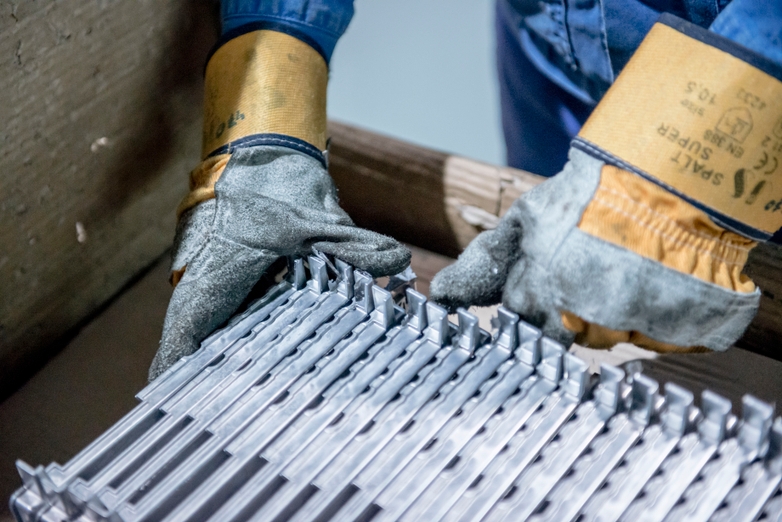Design Tips for Improved Die Casting
Die casting is a versatile manufacturing process capable of producing a wide range of parts from various metals. To optimize part design and achieve optimal results, consider these essential tips.
Die Casting Variables
Draft: Incorporating draft, a slight taper on part walls, is crucial for easy casting removal and to compensate for shrinkage. Aim for a draft angle of ¼ to 1 degree per side, adjusting as needed based on alloy and process.
Fillets and Radii: Generous fillets and radii enhance part strength, improve metal flow, and simplify finishing. Implement them whenever possible.
Ribs and Bosses: While ribs and bosses increase part strength, ensure they blend seamlessly with fillets and radii to avoid sharp corners. Apply draft to non-critical surfaces.
Pockets: Reduce part weight and cycle time by incorporating pockets into solid sections. Maintain proper draft and radii for optimal results.
Optimizing Material Flow: Facilitate metal flow by designing parts with smooth corners and uniform sections. While challenging in some cases, minimize restrictions like long slots and maximize flow with round holes.
Additional Considerations
Explore the full potential of the die casting process by incorporating features like logos, textures, integrated fasteners, and embossed part numbers. Dynacast’s 4-slide die casting process offers even greater flexibility.
Dynacast provides a comprehensive design for manufacturing (DFM) service to help optimize your part design for die casting and cost-effectiveness.
